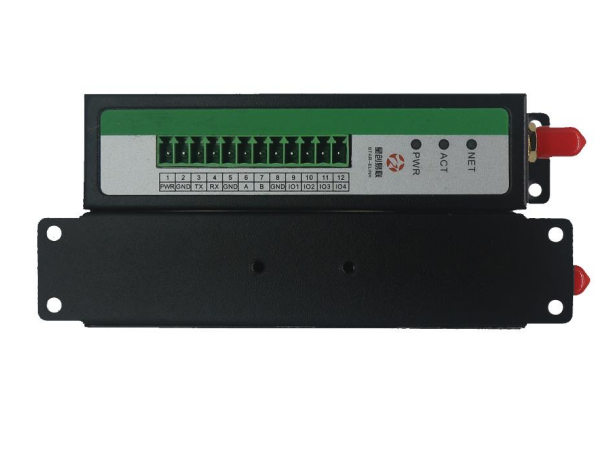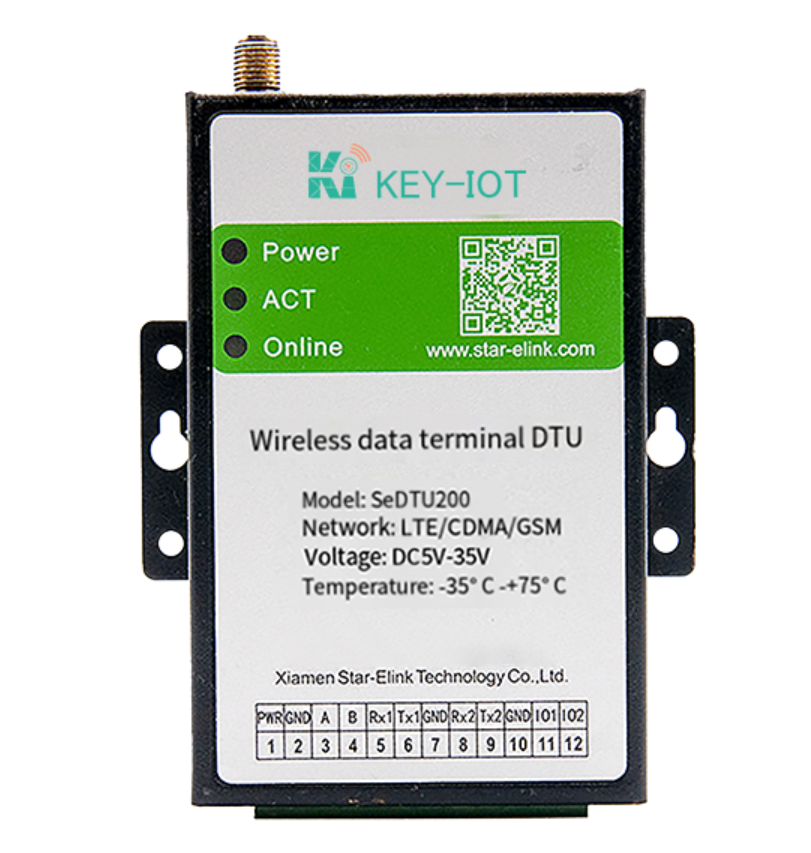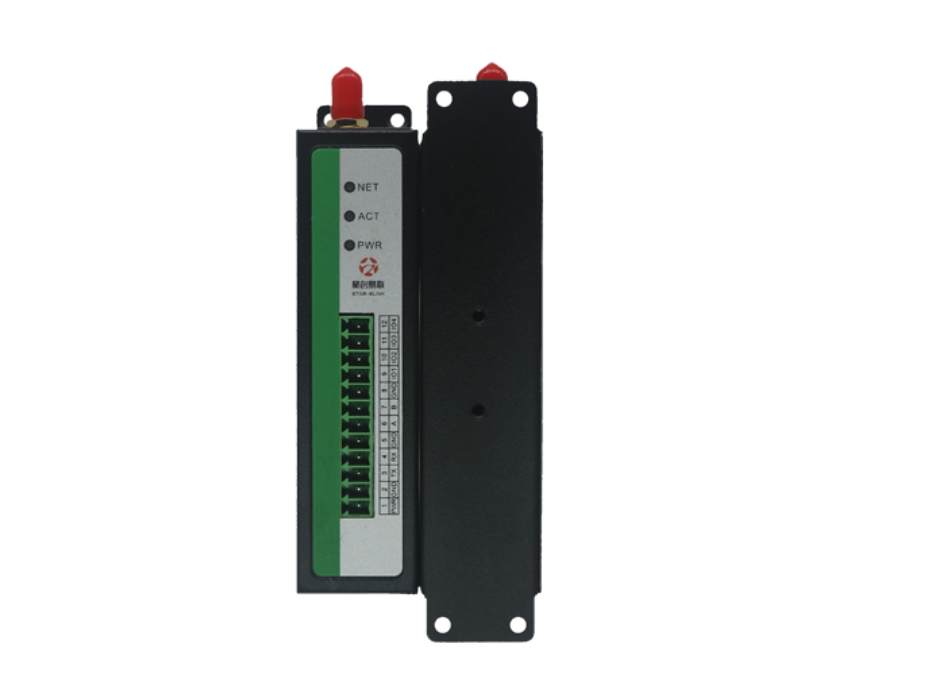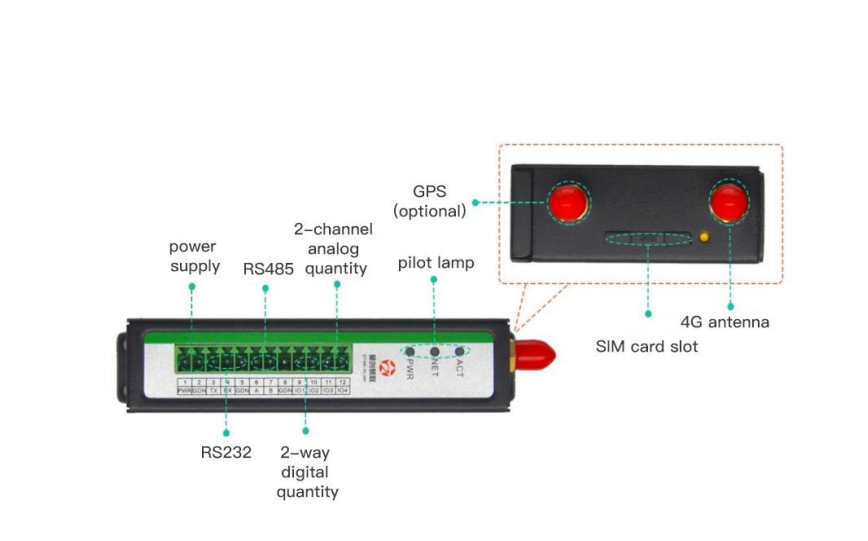The SIM Card Saga: Unraveling LTE Modem 4G’s 3V/1.8V User Card Interface
I. The Heartbeat of Cellular Connectivity
In the ever-evolving landscape of industrial automation, the SIM card has emerged as the unsung hero, the heartbeat that keeps our cellular communication systems alive and thriving. As we delve deeper into the realm of LTE modem 4G technology, the intricacies of the SIM card interface become increasingly crucial, with the 3V/1.8V user card interface playing a pivotal role in ensuring seamless connectivity.
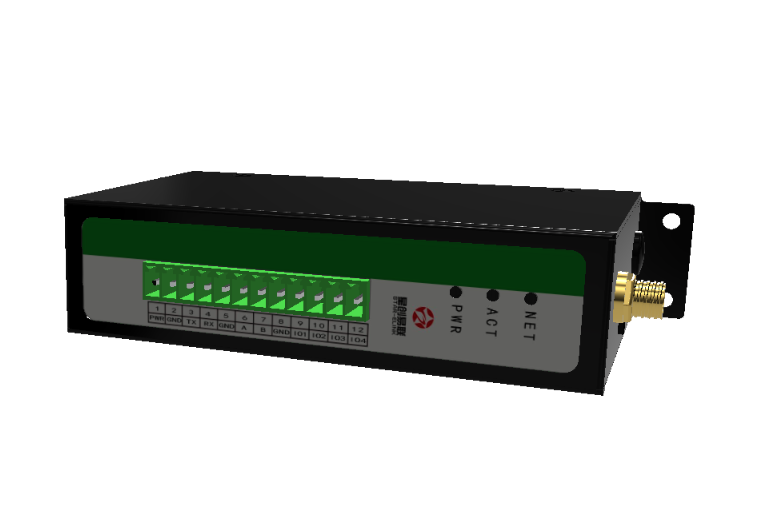
LTE Modem
II. Decoding the Voltage Duality
The 3V/1.8V user card interface is a testament to the versatility and adaptability of modern SIM card technology. This dual-voltage capability allows LTE modem 4G modems to seamlessly interface with a wide range of SIM cards, accommodating both the traditional 3V and the newer 1.8V variants. By understanding the nuances of this voltage duality, I have unlocked the ability to optimize SIM card performance and compatibility across diverse industrial environments.
III. Ensuring Reliable Signal Integrity
One of the most significant challenges I faced was maintaining signal integrity across the SIM card interface. The high-speed data transmissions and sensitive nature of cellular communications demanded meticulous attention to signal quality. Through rigorous testing and analysis, I developed strategies to mitigate interference, minimize signal degradation, and ensure reliable data exchange between the LTE modem 4G and the SIM card.
IV. Navigating Power Consumption Intricacies
Power consumption is a critical consideration in industrial automation systems, where efficiency and longevity are paramount. The 3V/1.8V user card interface presented unique challenges in managing power consumption, as different SIM card variants exhibited varying power profiles. By meticulously analyzing and optimizing power management strategies, I was able to strike the perfect balance between performance and power efficiency, maximizing the operational lifespan of our LTE modem 4G systems.
V. Embracing Multivendor Compatibility
In the diverse world of industrial automation, interoperability is a non-negotiable requirement. The 3V/1.8V user card interface demanded a deep understanding of SIM card specifications across multiple vendors and manufacturers. Through extensive research and collaboration with industry experts, I developed a comprehensive knowledge base, enabling seamless integration and compatibility with a wide range of SIM card products.
VI. Future-Proofing for Evolving Standards
As technology continues to advance, new standards and protocols emerge, challenging us to stay ahead of the curve. The 3V/1.8V user card interface is no exception, with the potential for future enhancements and modifications. By adopting a forward-thinking approach and closely monitoring industry trends, I am actively preparing for the next generation of SIM card interfaces, ensuring that our LTE modem 4G systems remain future-proof and adaptable to emerging technologies.
VII. Conclusion: Unlocking the Gateway to Connectivity
The SIM card saga has been a journey of discovery, innovation, and unwavering dedication to pushing the boundaries of cellular communication in industrial automation. By unraveling the intricacies of the 3V/1.8V user card interface, we have unlocked a gateway to seamless connectivity, enabling our LTE modem 4G systems to thrive in even the most demanding environments. As we continue to navigate the ever-changing landscape of technology, the lessons learned from this endeavor will serve as a foundation for future advancements, driving the evolution of industrial automation towards new horizons of efficiency, reliability, and connectivity.
 KEY-IOT
KEY-IOT
